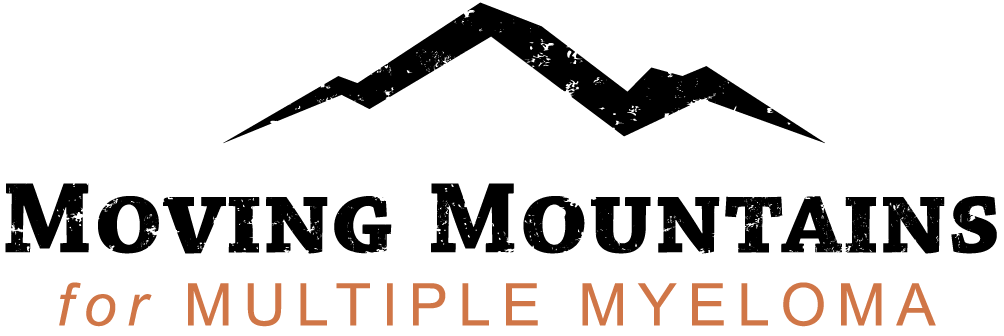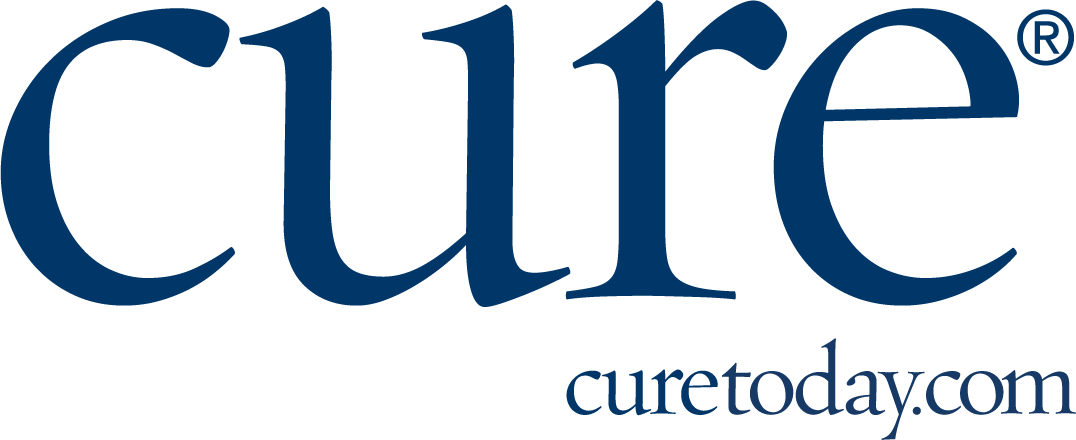
Mount Fuji2017
BLOGS

Lisa Bedford
Moving Mountains Beyond the Walls of the Lab
July 12, 2017
I first heard about the Multiple Myeloma Research Foundation at a Precision Medicine Conference when I first moved to Boston to pursue genomics. That year, the first year of the conference, the keynote speaker was Kathy Giusti. She walked us through her diagnosis with multiple myeloma and her determination to extend her life past the three years doctors gave her. She talked of how she took her pharmaceutical and business knowledge and use it to build an organization that could help others through patient advocacy and a dedication to research. I was amazed at the progress she and her organization had made, but hadn’t quite internalized the role of the patient in the future of healthcare and research. Genetics, in my mind, was still in the hands of those studying it in lab.
Flash forward a few years and I am working for Takeda Pharmaceuticals in the Translational Medicine department focused in cancer genetics. At this point I’ve heard a number of inspirational stories from those that had a child or had, themselves, been diagnosed with a genetic disease. I heard about organizations similar to the MMRF that were bringing together people to support each other, but also to advance research by creating networks of patients. Patients were taking part in the research by providing samples, building databases and registries, connecting the dots that would be impossible to connect in the isolation of the laboratory. I got to see this first hand working at Takeda on NINLARO.
In translational medicine we are at the intersection of the research bench and the clinic. We look for genetic clues in samples collected from patients in our clinical trials. This research aims to learn about the patients who are on our therapy and can help better guide therapeutic decisions; either identifying those who are unlikely to respond so that they can quickly move to a new treatment strategy or finding out more about those who do respond. We can feed this data back to drug discovery for the next generation of treatments or maybe find a genetic signature that indicates a new combination therapy that may increase response and survival. This data cannot work in a vacuum though, and we rely on public or private datasets to do analyses and increase our statistical power to find a signal. This is where the MMRF and other patient advocacy organizations are critical.
The MMRF was at the forefront of understanding the need for quality datasets that describe patients throughout their treatment journey, and kicked off the CoMMpass study in 2011 with the goal of enrolling 1000 patients that would provide tissue samples at diagnosis and throughout treatment. This dataset allows the type of analysis and comparisons that are needed to understand the genomics landscape in this disease. This enables the development of new treatment strategies with drugs already available or the creation of the next class of treatments based on the underlying molecular biology of the disease. Furthermore, it gives more insight into the quality of life and new measurements of disease based on the experience of the patient.
The experience of the patient; something I hardly took into consideration in my early years working in genetics. The patient was often a number, a blood tube, a data point on a graph. Some of this may be a coping strategy for the scientist, a way to distance ourselves from the reality of what we are testing for, but that also limits our understanding and distances us from the reason we go to work.
At Takeda we have patients visit regularly to tell their story. This opportunity to hike Mount Fuji with the MMRF will take that experience to the next level. I was encouraged to take on this challenge by another co-worker who had participated in the Grand Canyon trip. For me, this trip will drive home the challenges and triumphs that people with multiple myeloma have. It will also encourage me to remember the person in the work that I am doing and to think of patients as collaborators rather than research subjects. I think this is incredibly important as we move forward in the era of “precision medicine.” To truly understand health and disease we will need people to be active partners in the research, not just to give us the data to make the next drug, but to fill us in on the insights only a person living with their disease can understand.


